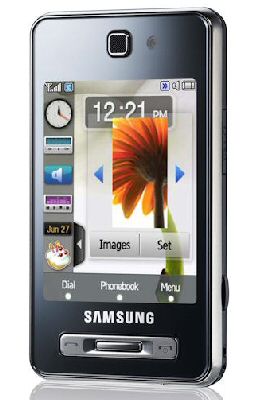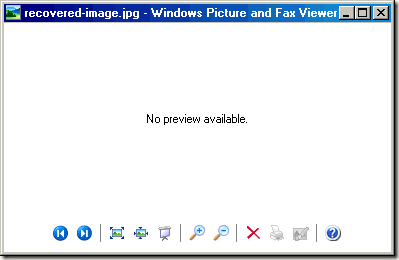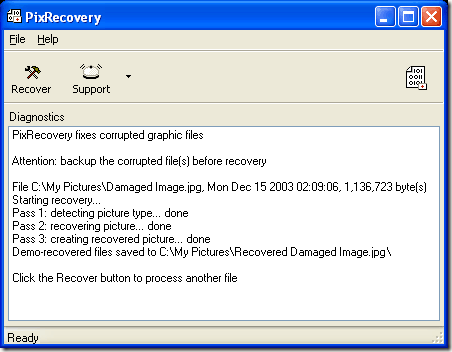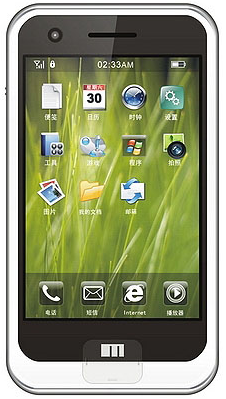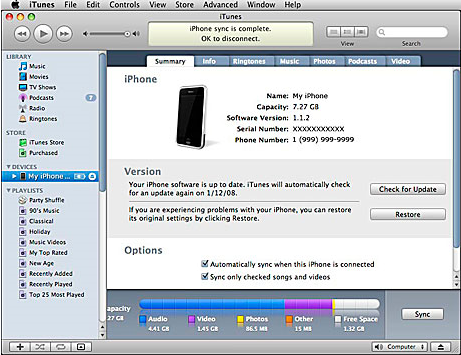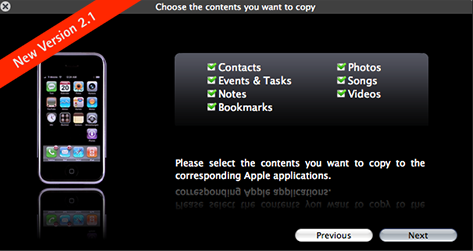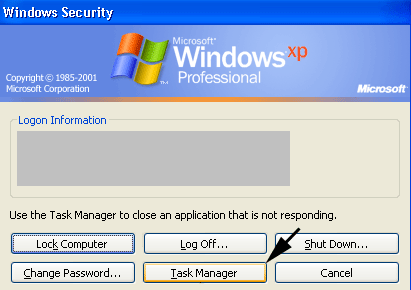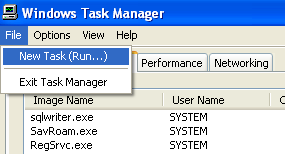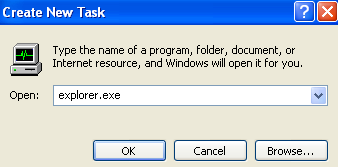The Indian independence movement was a movement from 1857 (in many cases, even pre-dating 1857) until August 15, 1947, when India got independence from the British Raj. The movement involved many political and social organizations and armed and unarmed struggle. Many political ideas also added to the movement. Perhaps the most famous person in it was Mohandas Gandhi. European rule
Vasco da Gama of Portugal had discovered a sea route to India. He had reached KozhikodeKerala) in 1498. After this, many Europeans started coming to India for trading. They made their offices and forts in many parts of India. Out of many European countries, the British East India Company of the United Kingdom became the major force in India. The Company's troops led by Robert Clive defeated rulers of Bengal province in 1757. This battle became famous as the Battle of Plassey. This was the beginning of British rule, that is, the British Raj in India. In 1765, the Battle of Buxar happened. The British forces won this battle. After this, the British got control over Bengal, Bihar, and Orissa. (
The Parliament of India passed many laws to help the British East India Company like the Regulating Act of 1773, the India Act of 1784, and the Charter Act of 1813. The British made many schools in India, and many Indians started to receive modern education through the English language. This new generation of educated Indians started many movements to remove bad social practices. Some of these bad social practices included marriages of children and differences among persons based on their birth and castes. These educated persons also started many groups to discuss and debate to improve social practices in India.
Although the educated Indians were trying to reform the social system, they and the general public started to hate the British rule. The rulers of the British Raj and their officers treated the Indians in a bad way. Some of them employed Indian servants simply to scold and beat them. They did not even spare the Indian troops (called Sepoys) employed by them. They also did many things against local customs, like playing music in Taj Mahal, which is a tomb, or organizing parties in Mosques. All these resulted into ill feelings among the Indians.
Revolts before 1857
Before the First War of Independence (1857), Indians in different parts of India had revolted against the British and foreign rules. Many such revolts and armed struggles had taken place. Some examples include:
- A revolt in 1787 took place in Goa against the rule of Portugal. The historians call this revolt as the Conspiracy of the Pintos.
- Revolts by many local rulers of Tamil people in southern India.
- A rebellion by tribes of Jharkhand in India. Historians call this Santal Rebellion
- Rebellion under the leadership of Titumir in Bengal.
The First War of Independence
India's First War of Independence was a revolt of Indian soldiers and people against the British rule. Historians have used the terms like the Indian Mutiny or the Sepoy Mutiny to describe this event. The rebellion by Indian troops of the British Raj started in March 1857 and continued for months. Many reasons had combined to result in this rebellion.
The British officers had been treating their Indian soldiers (called Sepoys) very poorly. The British rulers continued to forcibly take regions ruled by Indians and made these regions (for example: Oudh, present day the Indian state of Uttar Pradesh) part of the British Raj. They did not give any respect to old royal houses of India like the Mughals and the Peshwas. They made the Indian soldiers of their army use a special type of cartridge. The soldiers had to open the cartridges with their teeth before loading them into their guns. The cartridges supposedly used cow and pig fat. For Hindus the cow is a sacred animal and they do not eat beef. The Muslims consider pig a dirty animal. Thus, the use of these cartridges made soldiers of both the religions turn against the British. Although the British tried to replace the cartridges, the feelings against them stayed.
Rebellion broke out when Mangal Pandey, a soldier attacked a British sergeant and wounded an adjutant. One General named Hearsay ordered another Indian soldier to arrest Mangal Pandey. The other soldier refused. Ultimately, the British arrested Mangal Pandey and the other Indian soldier. The British killed both by hanging them. All other soldiers of that regiment lost their jobs. On May 10th 1857, cavalry troops while doing parade broke ranks. They freed the soldiers of the 3rd regiment, and they moved towards Delhi. Soon many Indians of north India joined these soldiers. They entered the Delhi Fort. They asked Bahadur Shah II, the Mughal Emperor, to become leader of the rebellion. He agreed unwillingly. Very soon the revolt spread throughout north India. Important Indian leaders of royal families joined the rebellion, and started fighting the British at several places. They included: Ahmed Ullah, an advisor of the ex-King of Oudh; Nana Saheb, his nephew Rao Saheb, and his retainers, Tantia Topi and Azimullah Khan; the Rani of Jhansi; Kunwar Singh; the Rajput chief of Jagadishpur in Bihar; and Firuz Saha, a relative of the Mughal Emperor, Bahadur Shah.
At the beginning the British were slow to respond. Then they took very quick action with heavy forces. They brought their regiments from the Crimean War to India. They also redirected many regiments that were going to China to India. The British forces reached Delhi, and they surrounded the city from 1st July 1857 until 31st August 1857. Street-to-street fights broke out between the British troops and the Indians. Ultimately, they took control of Delhi. The last important battle was at Gwalior in which they killed Rani Lakshmi Bai. With this, the British had practically suppressed the rebellion. However, some fights in many places continued until 1859.
The results
India's First War of Independence was a major event in the history of modern India. The Parliament of the United Kingdom closed down the British East India Company. The United Kingdom started ruling India directly through its representative called the Viceroy of India. It made India a part of the British Empire. They promised the "the Princes, Chiefs, and Peoples of India," equal treatment under the British law. In 1877, Queen Victoria took the title of Empress of India.
The British sent Bahadur Shah II, the last Mughal Emperor, out of India, and kept him in Yangon (then called Rangoon), Burma where he died in 1862. The Mughal dynasty, which had ruled India for about four hundred years, ended with his death.
The British also took many steps to employ Indian higher castes and rulers into the government. They stopped taking the lands of the remaining princes and rulers of India. They stopped interference in religious matters. They started employing Indians in the civil services but at lower levels. They increased the number of British soldiers, and allowed only British soldiers to handle artillery.
Organized movements
The period following India's First War of Independence was an important period in the Indian independence movement. Many leaders emerged at the national and provincial levels, and the Indians became more aware of their rights. Social movements also helped in shaping people's outlook, tried for social changes, and tried to remove bad social practices and evils like illiteracy and caste system. During this period, many social and religious leaders worked to inspire the Indian society. They included men like Swami Vivekananda, Ramakrishna Paramhansa, Sri Aurobindo, Subramanya Bharathy, Bankim Chandra Chatterjee, Sir Syed Ahmed Khan, Rabindranath Tagore and Dadabhai Naoroji. They spread the message of self-confidence, removing of social evils, and making India free from domination of foreign power. Lokmanya Tilak was one such leader who was not very modest in his views. The British arrested him. In the court he declared: "Swaraj (independence) is my birthright". This concept of Swaraj later became a main policy and philosophy of India's independence movement in the following decades until India became independent.
In 1885, at the suggestion of Allan Octavian Hume, a retired British civil servant, seventy-three Indian delegates met in Bombay. They founded the Indian National Congress. The delegates represented educated Indians in professions such as law, teaching, and journalism. A few years before, Dadabhai Naoroji had already formed the Indian National Association. It merged with the Indian National Congress to make form a bigger party.
To begin with, the Indian National Congress was not a very active political party. It met annually and gave some suggestions to the rulers of the British Raj. The suggestions generally related to civil rights and opportunities for Indians in the government jobs. Despite its claim to represent all Indians, it represented only the educated and higher class of the society. But, it failed to attract all Muslims. Many Muslims had become distrustful of Hindu reformers who raised their voice against matters like religious conversion and killing of cows for their meat. For Hindus, the cow is a sacred animal not to be killed. Sir Syed Ahmed Khan launched a separate movement for Muslims, and founded in 1875 a college in Aligarh, Uttar Pradesh state, India. Later, this college became Aligarh University in 1921. The objective of the college was to give modern education to India's Muslims. By 1900, the Indian National Congress had become a national party, but did not represent all groups of Indian society, particularly the Muslims.
Partition of Bengal
In 1905, Lord Curzon (George Nathaniel Curzon, 1st Marquess Curzon of Kedleston), the Viceroy and Governor-General (1899-1905) of India divided Bengal province into two provinces: Eastern Bengal & Assam, with its capital at Dhaka, and West Bengal, with its capital at Calcutta (Kolkatta). At that time Calcutta was the capital city of the British Raj. The people became very angry at that partition (division), and created the phrase "divide and rule" for the policy followed by the British Empire. The leading intellectual figures of India at that time expressed their unhappiness at this partition. For example, Rabindra Nath Tagore, the most famous Indian poet (originally from Bengal) composed a poem against this partition.
World War I
During the First World War, Indians gave support to the United Kingdom. About 1.3 million Indian soldiers went to many parts of Europe, Africa, and the Middle East to fight. Many Indians, including the princes and rich people of India, contributed money and materials to the war funds of the United Kingdom. However, many Indian soldiers died in foreign lands. In Indian flu spread like an epidemic killing many persons. The tax rates increased in India, and prices also increased. The Indians became restless. The Muslim Indians also demanded a separate country for themselves.
In August 1917, Edwin Samuel Montagu, the Secretary of State for India, announced in the British Parliament about many steps to give more rights to Indians. A new law named the Government of India Act of 1919 gave many rights to the Indians in the provincial government. These rights related to farming, local government, health, education, and public works. The British administrators kept matters like taxation, finance, and law and order under their control.
The Rowlatt Act
In 1919, the British made a new law named the Rowlatt Act Act. Under this law, the government got many powers to arrest people and keep them in prisons without any trial. They also got the power to stop newspapers to report and print news. The people called this act the Black Act. Indians protested against this law in many places.
The positive impact of reform was seriously undermined in 1919 by the Rowlatt Act, named after the recommendations made the previous year to the Imperial Legislative Council by the Rowlatt Commission, which had been appointed to investigate "seditious conspiracy." The Rowlatt Act, also known as the Black Act, vested the Viceroy's government with extraordinary powers to quell sedition by silencing the press, detaining political activists without trial, and arresting any individuals suspected of sedition or treason without a warrant. In protest, a nationwide cessation of work (hartal) was called, marking the beginning of widespread, although not nationwide, popular discontent.
The agitation reached a peak in Amritsar (Punjab, India). In Amritsar, on 13th April 1919, about 10,000 Indians had assembled to protest against the Rowlatt Act. The British military commander, Brigadier-General Reginald Dyer ordered his troops to fire at the civilians without any warning. The troops fired 1,650 times. Some historians estimate that the troops killed 379 persons and injured about 1,137 persons. This incident became famous as Jallianwala Bagh massacre. With this killing of innocent people, the British lost the trust of the Indian people.
Gandhi's way
Mohandas Gandhi had received his education at London. He was a barrister (lawyer). In 1893, he went to South Africa. He found many rules and practices, which were clearly apartheid in character. The condition of Indians was very bad and many rules and restrictions applied to them. He protested against these unfair practices such are colour difference, inequality,etc. He became successful and the government of South Africa removed most of such rules and restrictions.
Gandhi returned to India in 1915. Few people knew him. However, over a period of the next few years, under the leadership of Gandhi, Indians began to follow a different way to get freedom.
The civil disobedience
The Jallianwala Bagh was also a response of Brittains tyrannical rule over India.
In December 1929, the Indian National Congress Party agreed to start a movement for complete independence from British rule. The Party decided to start a movement named to disobey the British rule. It became the civil disobedience movement. They decided to observe 26th January 1930 as the complete Independence Day. Many other political parties and revolutionaries came together to support this movement.
Gandhi started this movement. He led a number of persons on a 400 kilometres route from Ahmedabad to Dandi (both in the Indian state of Gujarat), on the coast of the Arabian Sea. There they made salt from the seawater, and broke a law of British India to make salt without paying taxes. Thus the civil disobedience movement began, and spread through out India. Indians started to break unfair laws in a peaceful manner. Thus, they showed their anger and protested against the British rule!
Revolutionary activities
Many Indians did not believe in such peaceful protests. They thought that the British would not give independence to Indians so easily. They believed in armed struggle to oust the British from India. In some way, this had continued for years after the partition of Bengal in 1905. Many revolutionaries and leaders emerged from time to time.
The elections
The rulers of the British Raj made a new law to govern India, named the Government of India Act 1935. This law aimed at constitutional process to govern India. It had three major aims: to establish a federal system with many provinces, to give self-ruling position (autonomy) to the provinces, and to give the Muslim minority protection through giving them some separate electorates. In such separate electorates only Muslims could stand for elections. In February 1937, elections took place for the provincial assemblies. The members of the Indian National Congress won in five provinces, and held upper position in two more provinces. The Muslim League's performance in the election was not good.
The peak
During the Second World War, the rulers of the British Raj declared India to be a party to the war. They did not discuss the matter with Indians and their leaders. The Indians and their leaders became divided over this matter. Some supported the British, while many did not. British rulers of India wanted the Indians to fight and die in the name of freedom, yet they had denied this freedom to India and the Indians for more than a hundred years. This created a lot of dissatisfaction among Indians, and two big movements for India's independence took shape. The first was the Indian National Army of Subhash Chandra Bose. The second was Quit India Movement of Mohandas Gandhi.
The Indian National Army
Subhash Chandra Bose and many leaders did not like the British decision to drag India into the Second World War. He had twice (in 1937 and 1939) become president of the Indian National Congress Party, the leading Indian political party of that time. However, he and many other leaders of the Indian National Congress Party differed on many matters. He resigned and formed a new party named All India Forward Bloc. The British government of India put him under house arrest. However, he escaped in 1941. He reached Germany, and secured the support of Germany and Japan to fight the British in India. In 1943, he traveled in submarines of Germany and Japan, and reached Japan. He organized the Indian National Army. The INA fought the troops of the British Raj in northeastern India. Despite many difficulties, INA recorded many victories. However, with the surrender of Japan in 1945, INA's operations stopped. Bose died in a plane crash, but circumstances of his death are not clear.
The British government of India put on trial three Indian National Army officers at the Red Fort in Delhi. The British had chosen for this trail one Hindu, on Sikh, and one Muslim of the INA. This made many Indians of all religions very angry. A naval mutiny also broke out in Bombay. Ultimately, the British ruled that these officers were guilty, but they set them free seeing the public anger. When India became independent, the government of India did not allow the former officers and soldiers of the INA to join the armed forces of the independent India. However, the government granted them very good pensions and other facilities. The Indian public also gave them much respect.
Many consider Subhas Chandra Bose a controversial figure due to his association with the Axis Powers. But, in India, people consider him a patriotic hero of the Indian independence movement.
Quit India
On 8th August 1942, the leaders of the Indian National Congress Party met in Bombay (Mumbai). The leaders adopted a policy to force the British out of India. Gandhi's slogan "Do or Die" became a national slogan, and the movement became the Quit India Movement. At the beginning of the Second World War, the Indian National Congress Party had supported the British, but they had demanded freedom of India after the war. The British did not agree to this proposal. On 14th July 1942, the Indian National Congress Party passed a resolution demanding complete independence from the British rule. However, this did not have support of some other political parties.
Gandhi had asked the people to keep the Quit India Movement as a peaceful movement. Many people started the movement in many places of India. But at some places, the movements turned violent. Gandhi refused to eat until the violence stopped. He was successful in ending the violence.
The British action was very quick. They arrested over 100,000 persons. They levied fines on many people. They dropped bombs on the people who demonstrated against the British Raj. The troops of the British Raj even beat people with sticks and caned them. The British arrested all the leaders of the Congress Party. Gandhi's wife, Kasturba Gandhi, died during detention. His secretary Mahadev Desai also died. Gandhi's health had also become very bad. In 1944, the British set him free fearing that Gandhi's death might result in a very large protest by Indians. Gandhi continued to oppose the British, and demanded that all other leaders be set free.
The Second World War had reduced the economic, political, and military strength of the British Empire. They were also aware that after the war Indians would begin a larger movement for independence. The mood of the British people and the British Army had also changed. After the Second World War, most of them were in no mood come to India to become part of the British ruling class in India. The position was now clear to the leaders of the United Kingdom. By early 1946, they set free all the political prisoners held in India. They started discussion the leaders of the Indian National Congress Party. Finally, India won its freedom on 15th August 1947.
India's independence (1947 to 1950)
On 3rd June 1947, Lord Louis Mounbatten announced partition of India into two countries: a Hindu India, and an Islamic Pakistan. On midnight of 15th August 1947, India became an independent country. On 26th January 1950, India adopted a constitution.
Source:Wikipedia
Read more...


